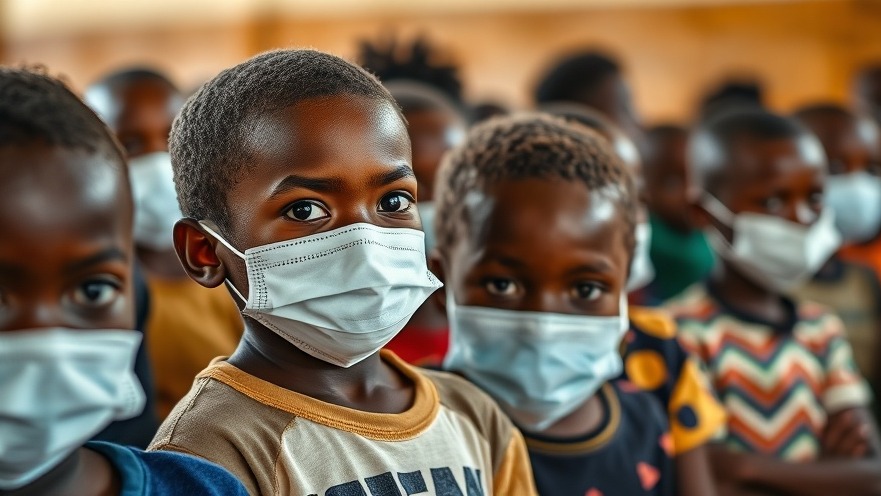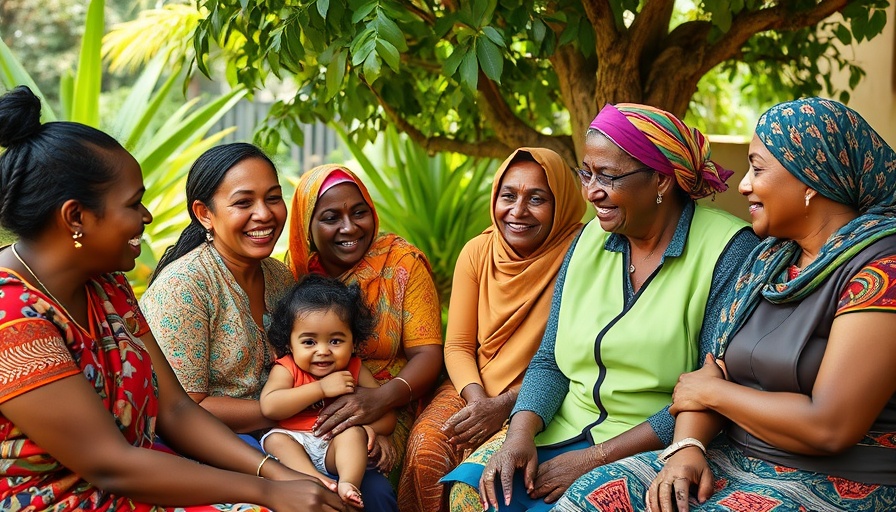
The Silent Crisis: How Toxic Air Affects Children in East Asia
With more than 100 children under five dying daily due to air pollution, recent findings from UNICEF present a dire scenario that calls for immediate action. This urgent report highlights that air pollution is now linked to nearly one in four deaths across East Asia and the Pacific, more prominently affecting those whose bodies and minds are still developing. As June Kunugi, UNICEF's Regional Director for East Asia and the Pacific, poignantly states, "Every breath matters, but for too many children every breath can bring harm." The ramifications of toxic air go far beyond premature death and include long-term health impacts, impaired cognitive development, and increased risks of chronic respiratory diseases.
The Scope of the Problem: Children at Risk
The extent of exposure is staggering: approximately 500 million children—essentially an entire generation—live in countries with unhealthy air. Alarmingly, 325 million children are subjected to annual fine particulate matter (PM2.5) levels far exceeding the World Health Organization's guidelines. Those residing in high-pollution areas experience a higher frequency of school closures and learning disruptions, setting a corrosive precedent for the future of the region.
Economic Cost: A Silent Killer to Development
Aside from the health implications, the economic burden of air pollution is severe. The World Bank estimates that air pollution from PM2.5 alone cost East Asia and the Pacific $2.5 trillion in 2019. This staggering figure represents 9.3% of the region's GDP and uncovers a deeper truth: poor air quality hampers educational outcomes, inflates healthcare expenses, and ultimately inhibits national development.
Urgent Action Required: Multilateral Approaches to Clean Air
In response to this respiratory crisis, UNICEF strongly urges governments, businesses, healthcare professionals, and educators to collaborate and take decisive action. Governments must bolster environmental policies, transition to clean energy, and enforce stringent air quality standards. Businesses should adopt clean technologies, while parents play a crucial role in advocating for initiatives that prioritize children's health and safety. Collectively, these efforts will not only mitigate the crisis but potentially lead to palpable improvements in health, education, and economic stability.
As we face these challenges, the solutions exist. Innovative partnerships aimed at improving air quality monitoring and empowering communities are underway. By working together, we can prevent the loss of countless lives and build a healthier environment for the next generation, ensuring that every child's growth is supported and nurtured rather than stunted by toxic air. The future of these children, and the economic viability of nations in the region, depend on us taking immediate, concerted action to address this pressing issue.
 Add Row
Add Row  Add
Add 


Write A Comment